Most of us recognize breeds such as the Australian Shepherd as herders, but many other breeds are livestock movers and shakers too. Each breed’s story offers an impromptu geography lesson. Locals fine-tuned a breed’s herding traits to their particular livestock, culture, climate, and topography. Let’s round up five herding breeds, and listen as they shepherd in their stories.
1. Beauceron
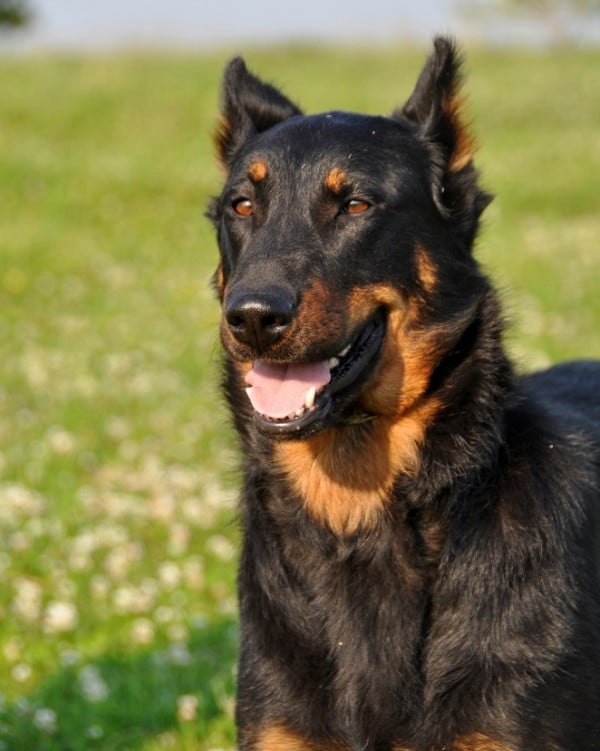
Beauceron by Shutterstock.
We’ve strong, active, and muscular for good reason. We were developed to move livestock but also to handle the threat of predators such as wolves in France. Now keep in mind this threat lasted longer on the continent than the British Isles. That’s one reason why the British Isle herding breeds (no offense!) aren’t also tough watchdogs like we Beauceron. But we’re not a classic livestock guardian breed like our cousin the Great Pyrenees, who guarded flocks on mountain slopes, but wasn’t asked to herd. Our primary job is herding. We’re renowned for our energy and work ethic. We can move large herds of sheep many miles per day. But along with our athleticism, we also bond closely with our human family. And although we were bred for protecting herds and flocks, we’re happy to guard homes and watch over families. Pas de problème.
2. Belgian Malinois
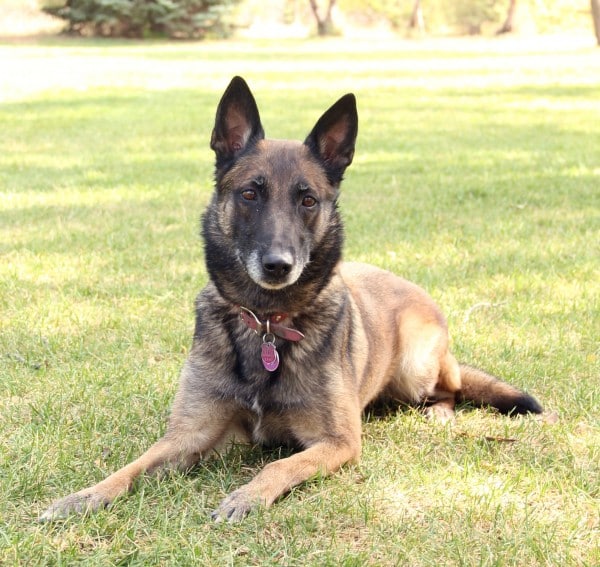
Belgian Malinois courtesy Crystal Allison.
We were developed in the city of Malines in Belgium as tough and trustworthy field and farm working dogs. One of the four types of Belgian sheep-herding dogs, we became our own distinct breed toward the end of the 19th century. Like my cousin the Beauceron above, we needed the temperament and strength to guard, not simply herd, livestock. But unlike the Beauceron, we’re typically 60 pounds rather than 90 pounds. What we lack in mass, we make up for in intensity and work drive. Let’s just say we certainly don’t sleep on the job, and predators shouldn’t mess with my sheep (or people!).
3. Schapendoes
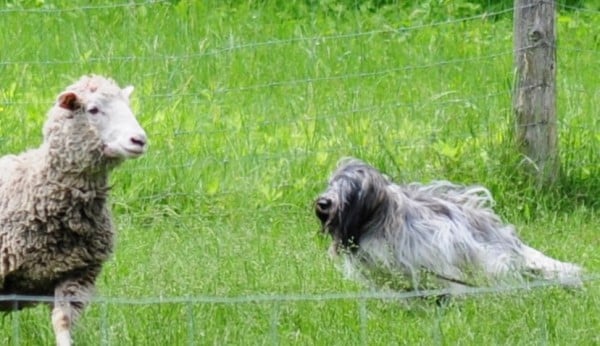
Schapendoes courtesy Colette Peiffer, Schapendoes Club of Canada.
Developed in the Netherlands to herd sheep, our herding style involves barking, moving, and body contact to move animals. And because my geographical area had few large predators of sheep, people bred us smaller (about 33 pounds for females, 43 for males), and less aggressive than many other sheepdogs, such as my cousins above. Our size and softer personality translates to: We excel at herding, and generally pass on guard duty. I have a tireless love of work, a friendly disposition, and first-rate social skills. I’m light footed, indefatigable, and (this is my favorite part!) renowned for my jumping talent. We love to leap, and our lovely coat shows off best in motion.
4. Australian Cattle Dog
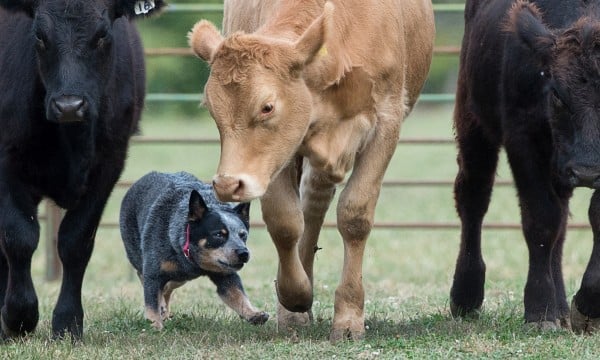
Australian Cattle Dog courtesy Sherry D. Clark; Nancy Gaffney, Gaff Photography.
We were developed as an essential heeler for working in the Australian outback. Early settlers brought sheepdog breeds that herded well in the British Isles pastures, but they couldn’t handle our rugged Australian outback. The settlers needed short-coated, weather-tolerant dogs like us who could move and muster cattle on unfenced and rugged land, in nasty weather, and over vast distances. Our high pain tolerance and faith in our own indestructibility came in handy, too. Why the nickname “heelers?” No, we’re not inclined to naturally heel next to you without training. Our nickname stems from our readiness to move unwilling cattle by nipping at their heels.
5. New Zealand Huntaway
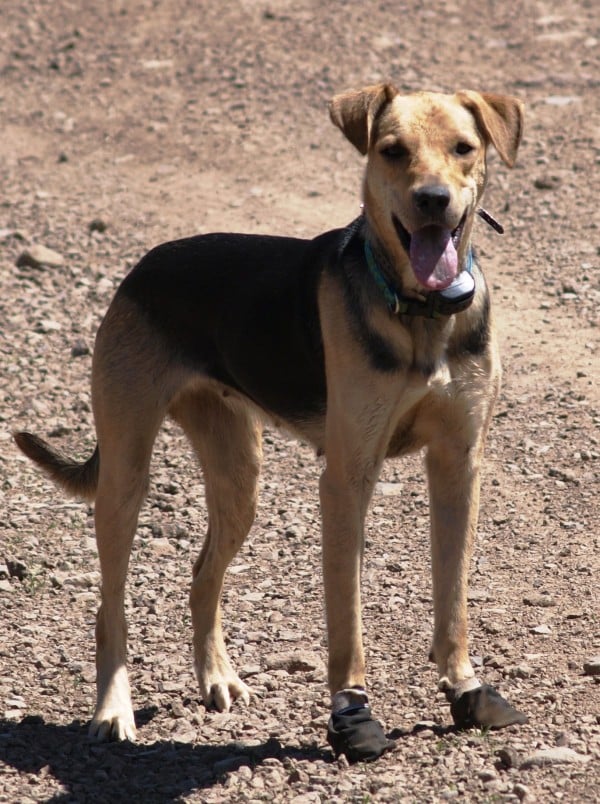
New Zealand Huntaway courtesy Linda Lyman.
No fair critiquing my bark’s notable volume. Locals in New Zealand developed my loud bark intentionally. The relatively quiet British Isle shepherding breeds originally brought here weren’t suitable. Over vast areas, a shepherd didn’t know where his collie types were working. Ranchers bred me for a heat-tolerant, active dog, with a bark that could be heard. My cousin Lotus was recently working in the Willamette Valley in Oregon, and his handler, Linda Lyman, tells me (not sure if this was a compliment or a critique…) that Lotus’ bark carried through the entire valley. And speaking of vast valleys, we were bred for the endurance to cover long distances and navigate rough, steep, terrain. Let’s just say we’re herding overachievers. Speaking of that, I see some sheep astray. Cheerio!
The post 5 Dog Breeds You May Not Have Heard Can Herd appeared first on Dogster.
No comments:
Post a Comment